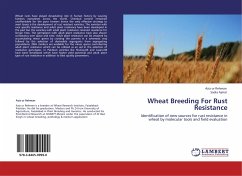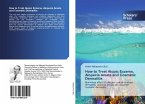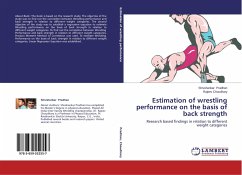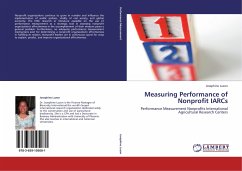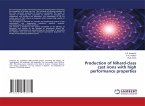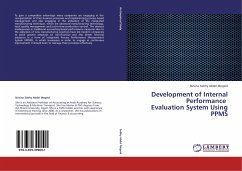In order to evolve low cost, resource efficient production technology for durum wheat, a field experiment entitled Effect of sowing methods, input and varieties levels on growth, yield components, yield and nutrient uptake of durum wheat (Triticum durum Desf.) was conducted on clay loam at the Instructional Farm, Department of Agronomy, Rajasthan College of Agriculture, Udaipur during the year 2002-03 and 2003-04. The results showed that durum variety HI 8498 accumulated maximum quantum of biomass m-2 and nutrients uptake (N, P and K). These manifested in production of higher effective tillers m-2 and improvement in yield attributes (test weight, grain weight ear-1 and grain yield ear-1) with concomitant increase in crop productivity in terms of grain and biological yield by 7.50 and 5.20 per cent over Raj 1555. Among sowing methods, cross sowing significantly enhanced overall growth of the crop in terms of biomass accumulation, RGR and CGR, effective tillers and uptake of nutrients.
Bitte wählen Sie Ihr Anliegen aus.
Rechnungen
Retourenschein anfordern
Bestellstatus
Storno


